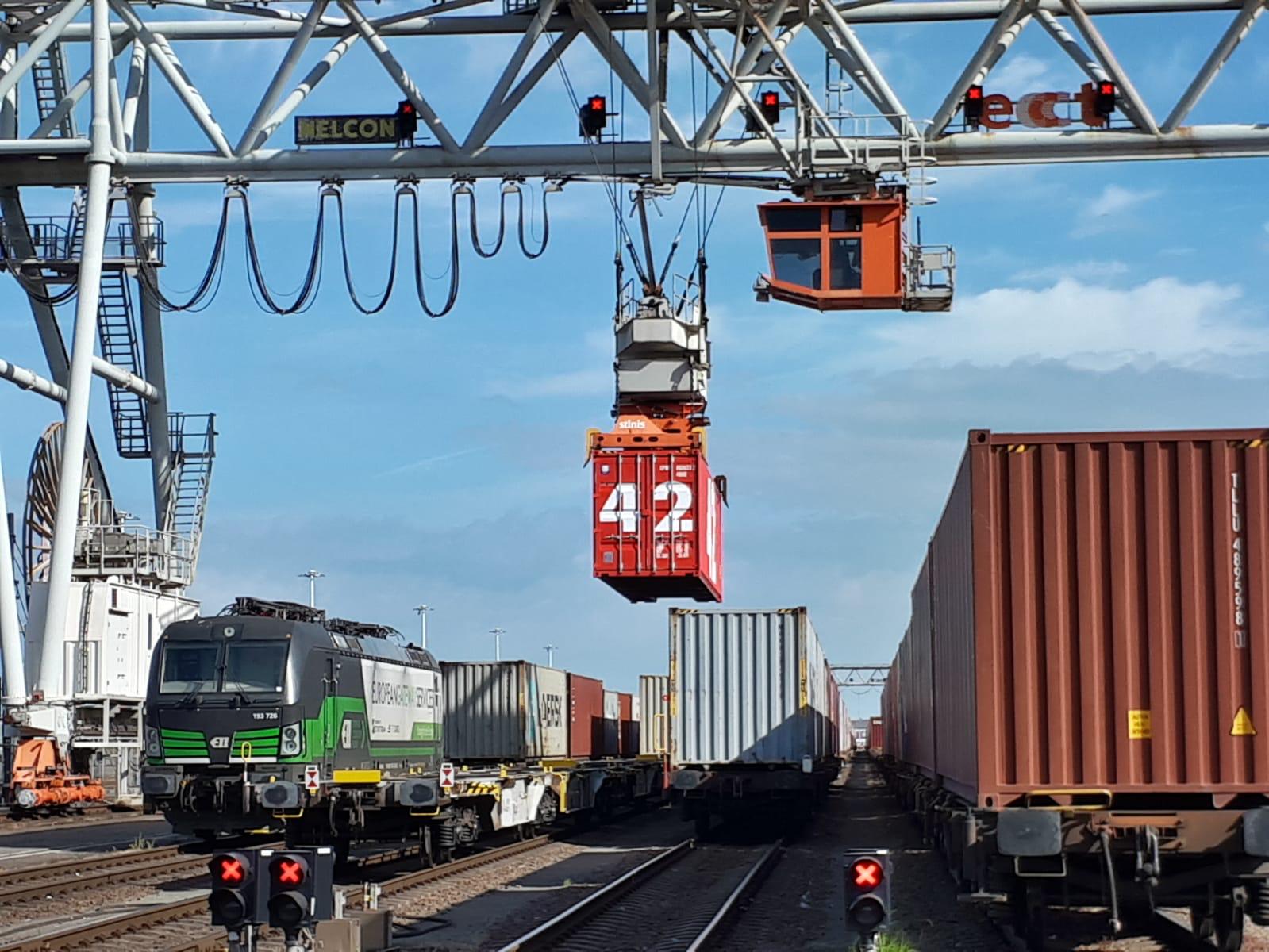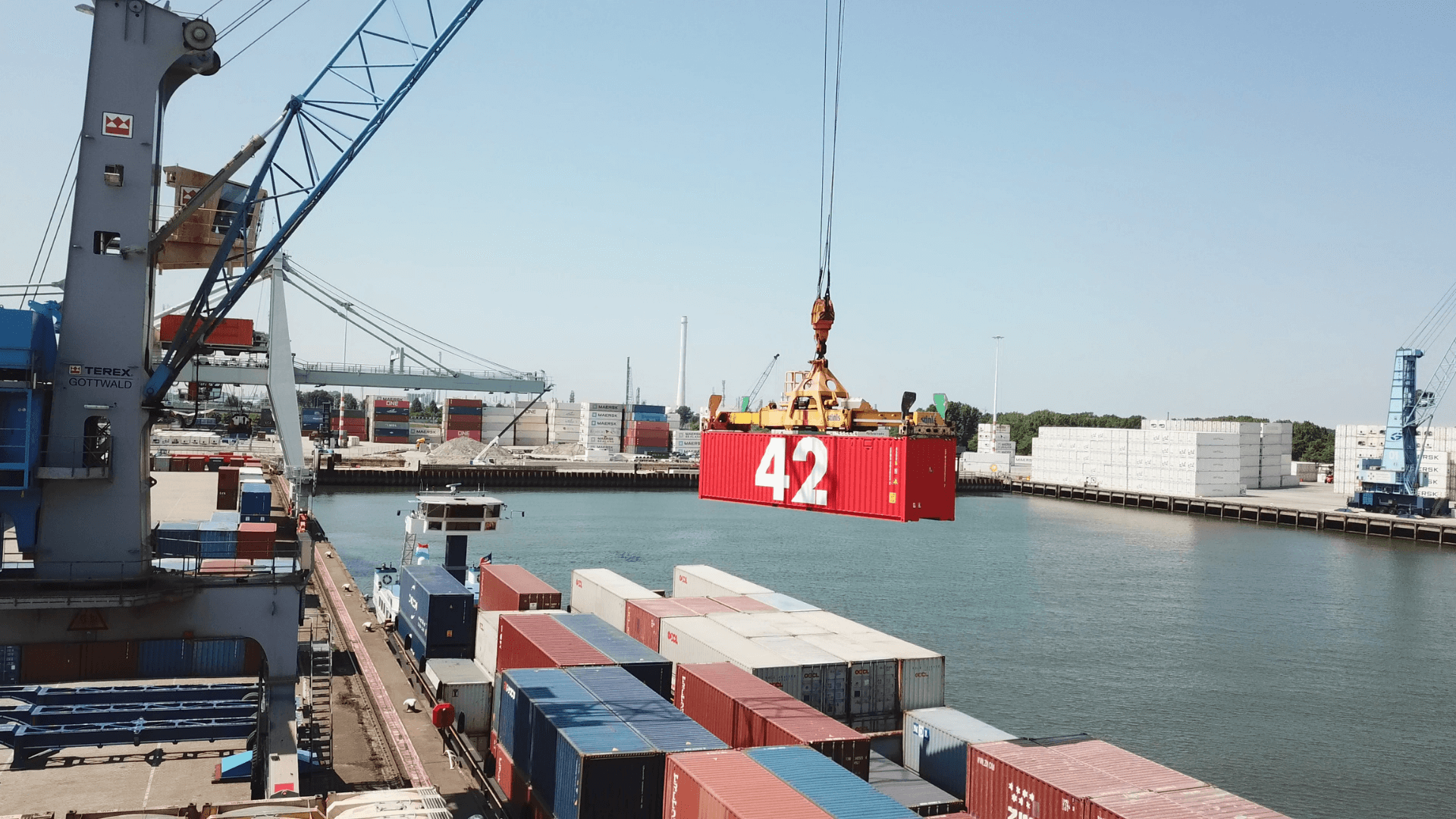The Port of Rotterdam aspires to be the world’s ‘smartest port’. It’s an ambition that makes it a natural partner for MarineTraffic. While MarineTraffic is not involved in the Container 42 project, it has worked closely with the Port of Rotterdam through the Global Industry Alliance (GIA) to build awareness of how digital solutions can make shipping safer, more sustainable and efficient.
A key way the Alliance has looked to achieve this is through advocating a standardised approach to data. By using global, open standards, it is easier for all the links in the chain to connect, ensuring the real-time data available is utilised. Through Container 42, The Port of Rotterdam believes it now has the solution to set these standards.
So what exactly is Container 42? Well, put simply, it is a standard-sized shipping container equipped with sensors and communication technology to analyse its surroundings as it is transported. Capturing this data will aid the Port of Rotterdam in achieving its ambition to make autonomous sailing possible in the port by 2030.

Recent developments in software, hardware, standardisation and legislation, have made autonomous and semi-autonomous shipping a more realistic prospect. However, the concept is still maturing. Safety, legal and insurance questions are still unanswered, causing uncertainty.
Many of these concerns centre on collision avoidance. The ‘human element’ of the International Maritime Organisations (IMO’s) International Regulations for Preventing Collisions at Sea (COLREGS) is often cited. How would the “ordinary practice of a seamen” test, that is, what a reasonably competent mariner should do in a given situation, apply to an autonomous vessel?
With more comprehensive data the appropriate algorithms could be created to comply with this regulation. This is where Container 42 comes in. 42 will charter the current unknowns. Collecting information, it will provide those operating in shipping and the wider supply chain with greater insight into how they can optimise their processes safely.
The foundations for the project are formed by the Port of Rotterdam’s existing Internet of Things (IoT) platform. The Port uses this platform to collect and process data coming in from sensors installed throughout the port area. This provides users with real-time information about the local infrastructure, water and air quality, among other things. It allows the Port to further improve its provision of services, ultimately making it more efficient to use.
However, the breadth of the ambitions for Container 42 span wider than Rotterdam. In addition to enabling the development of a digital representation of the actual, physical port area, the data collected will further provide insight into the global challenges faced during transport and logistics.
To this end, Container 42 left the Dutch port at the end of May for the first leg of a two year global data collecting mission. In collaboration with partners IBM, Cisco and Esri, Rotterdam wants to better understand what kinds of things a container shipment goes through when it is shipped by sea or overland. 42’s first stop is Munich, where it will be introduced to the world during the Transport Logistic 2019 event.
Speaking on the project, Guy Diedrich, Global Innovation Officer at Cisco, said that when he first heard ‘42’ he immediately thought of Douglas Adams’ Hitchhikers Guide to the Galaxy. While Container 42 is unlikely to be ‘the answer to life, the universe and everything’, it may provide some answers to the most important future challenges the shipping industry faces.
To find out more about the Container 42 project, visit: weare42.io/
